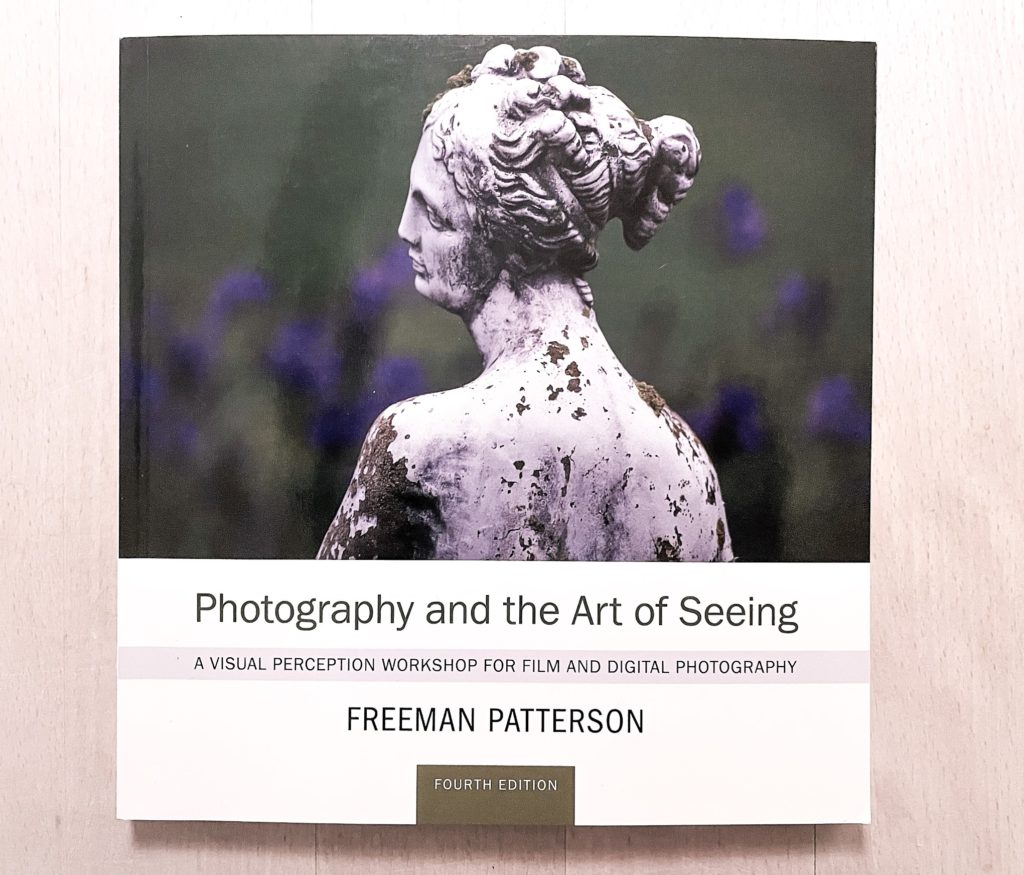The art of Seeing
Being a Canadian, Freeman Patterson is perhaps not so well known in Europe or the US as many other leading photographers. But if you look at his resume with a Lifetime Achievement Award from the North American Nature Photography Association and the Miller Brittan Award for Excellence in visual arts, then you start to understand the magnitude and importance of Patterson’s work.

Who is it for?
If you are new to photography and want to learn the basics, then this book is not for you. I would recommend that you instead look towards the books from Bryan F. Peterson or Joel Sartore. The Art of Seeing is much more about the photography process and how you can widen your creativity.
What is it?
The book is organized around 3 main themes:
- Learning to observe
- Learning to imagine and
- Learning to express.
Especially the last part, where Patterson talks about visual design, was a an eye opener for me. I have the same feeling when reading the book The Art of War by Lao Tzu, that even though I do not yet understand every sentence or every paragraph in the book, I have a very distinct feeling that it is a super condensed text that presents the essence of years and years of experience. I have read the book once, but want to read it several times to make sure I get all the points.
Can I recommend it?
Yes is the short answer. I have read many books about photography as this blog documents, and this is probably one of the best. The book has been developed to support a series of workshops that Patterson held way back when, but you can still make use of the exercises described in the book of you want to have the full benefit of the book. Even if you don’t do all the exercises or if you only want to read the theory, I find that this is an excellent book about the photography process and it comes with my highest recommendation.
Shopping link
Freeman Patterson, Photography and the Art of seeing
Video link
Related reading
Saul Leiter In My Room, Edited by Margit Erb and Robert Benton
Henri Cartier-Bresson Here and Now, by Clément Chéroux
